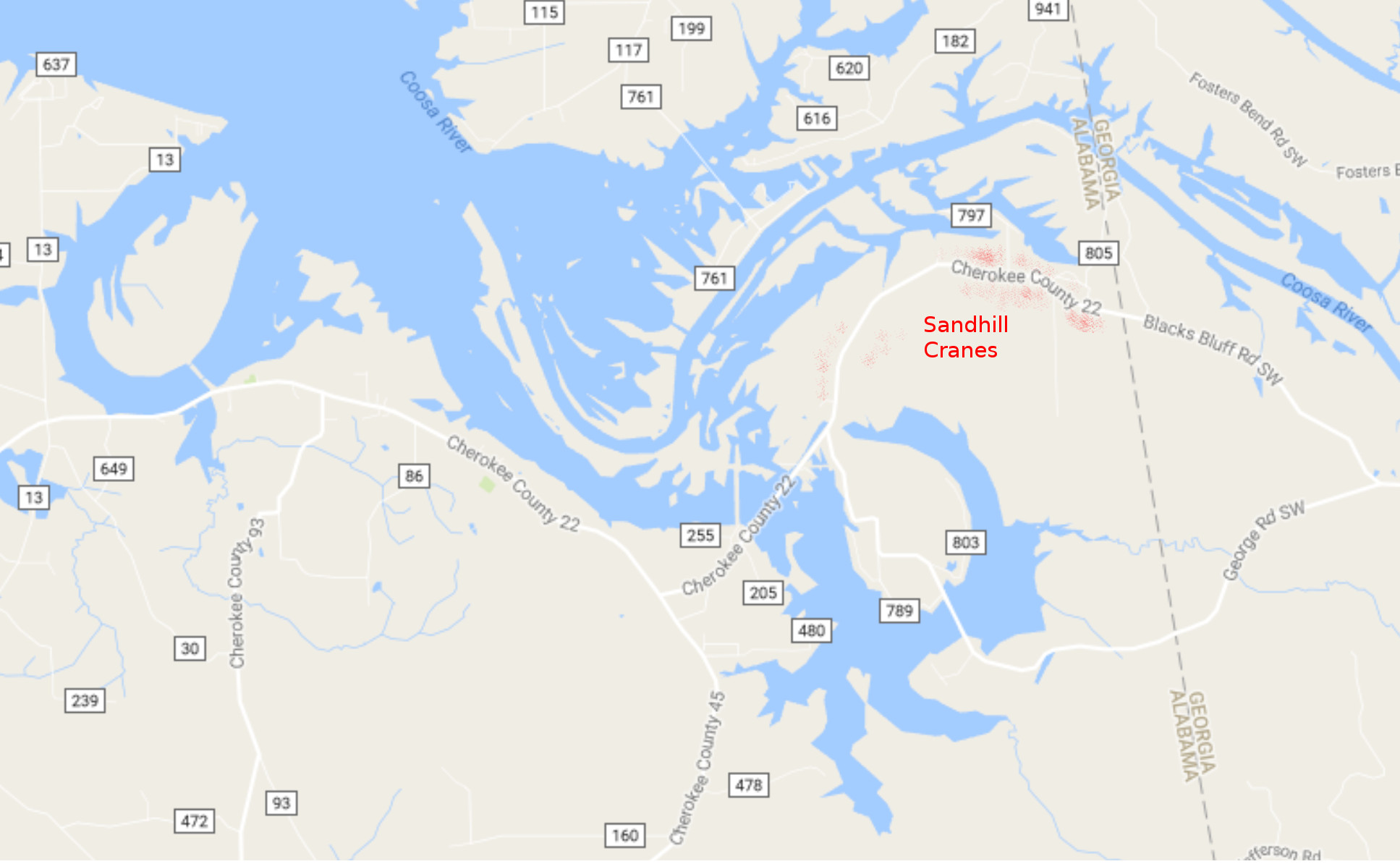
Ruby throated hummingbirds are one of the more common ones in the eastern united states. We decided to put up a feeder and after a week or so this pretty little female decided to visit. She moves quickly enough that the “on the wing” photographs are just slightly blurred. But when she stopped to feed, it was another story.

I took these images with my Sony A7III using the 600mm lens at f6.3, 1/800s, and 2000 asa (equivalent speed). The trick is to sit in a chair and wait. If they’re spooked move further away, and then after a while move closer. These birds, once they realize that you’re not a threat, become bold. They’ll buzz you to remind you to fill up the feeder, which is an interesting experience. The feed is one part sugar to four parts water by volume without added food color.



























